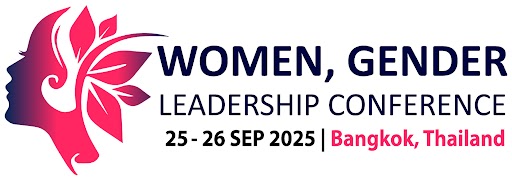Submission Guidelines
- Language: English
- Length: Only one paragraph with 200-250 words
- Format: MS Word (.doc or .docx) document
- Should be an informative summary of the original work.
- Provide a small biography with your abstract (As shown in the example in the template).
- Center-align the Title, Author's Names, and Affiliations.
- Underline the presenting author.
Abstract Submission Guidelines
After you've finished preparing your abstract according to the above instructions, Submit your Abstract Here
- Within 2-3 days of abstract receipt, your abstract will undergo a double-blind peer process conducted by the scientific review committee.
- Within 2-4 days of submission, the author will receive the results of the abstract review.
- Notices of paper acceptance or rejection will be sent to the author with reviewer comments.
- If there is a need for a change, the amended abstract must be returned within a week.
- You will receive rejections of your manuscript along with reviewer suggestions to help you improve your study.
Evaluation Process
Despite a large number of abstracts submitted for presentation at WomenGender-2025, the IFERP guarantees a timely and fair review process.
- Total number of pages: 6-8 in double-column format
- Language: English (Checked for grammar and language errors)
- Tables, figures, and images should be properly named and of good quality.
- Keywords should be written in lowercase letters (Not applicable to names/scientific names) and should be separated with commas.
- Names of affiliations should be given, including the country.
- After you've finished preparing your full paper according to the above instructions, Submit your Full paper Here.
Full Paper Submission Guidelines
You can submit the full paper if your abstract is accepted and you have paid the registration cost for the (WomenGender-2025). Following are the guidelines for submitting the full research paper:
Each paper should be broken down into the following sections:
- Background, Motivation, and Objective
- Statement of Contribution/Methods
- Results, Discussions, and Conclusions

